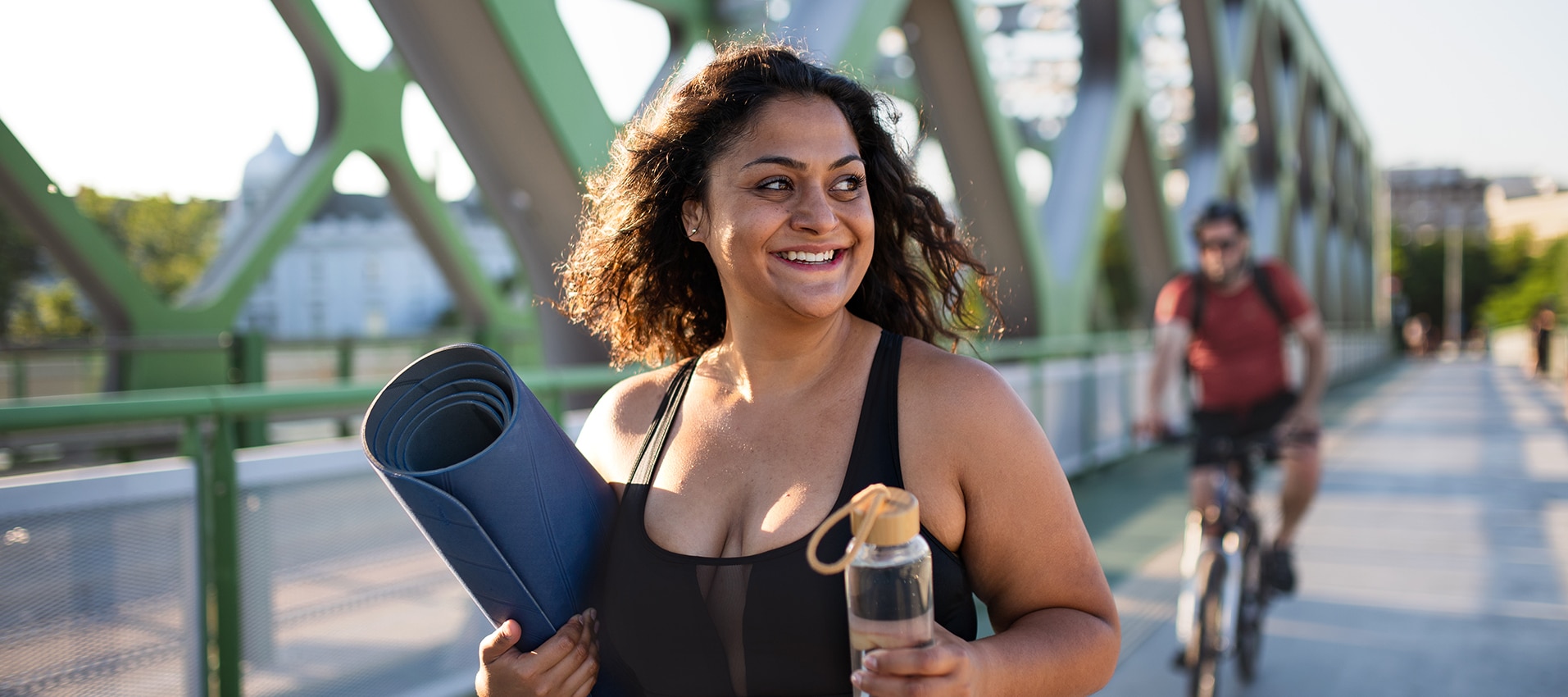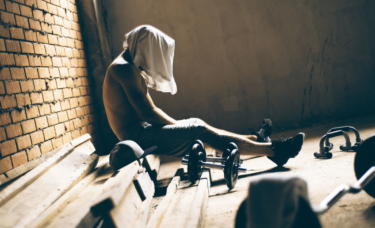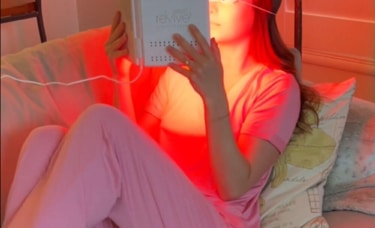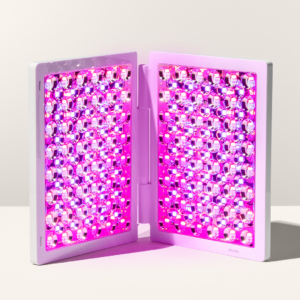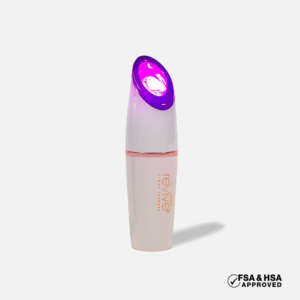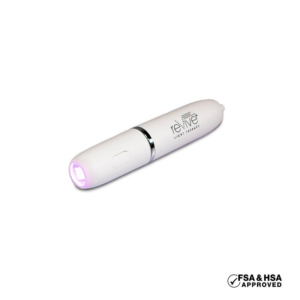Optimize Your Workout with Red Light Therapy
How Red Light Therapy Can Help You Optimize Your Workout
Many people believe that red light therapy is only meant for professional or accomplished athletes. In reality, nothing could be further from the truth. Virtually anyone can use over-the-counter red LED devices to soothe aching muscles, speed up recovery from muscle injuries, or simply improve general wellness. More importantly, workouts can be optimized with red light therapy, regardless of one’s athletic ability or amount of exercise.
How red light therapy works
Red light therapy is a safe, non-invasive treatment that works by increasing blood flow and stimulating cell regeneration. In essence, red light devices such as dpl® Joint Wrap or dpl® Flex Pad help the mitochondria in muscular cells. It helps the powerhouse of the cell complete its respiration cycle more efficiently, resulting in less muscle fatigue. Improving the mitochondrial respiration cycle also leads to better activation and formation of the muscle stem cells. These will eventually develop into healthy muscle tissue. This means that individuals who use red light therapy on their muscles can experience long-lasting healthy muscle tissue as a result.
Workout with Red Light Therapy
Apply red light therapy both before and after workouts for maximum effectiveness. Each session produces unique benefits that contribute to both better preparation of the muscles as well as the subsequent recovery.
Before a workout
Applying red-light therapy before a workout improves your circulation and endurance and improves the overall effectiveness of the workout. Meanwhile, it also helps to decrease injury chances and contributes to an easier recovery post-workout.
After a workout
Since red light penetrates the skin to jumpstart tissue repair, it shortens the overall recovery time and reduces inflammation that damages cells and makes muscles sore. Red light therapy has also been shown to help grow muscles, contributing to better muscle tone.
The big picture
While there is little doubt that regular applications of red light therapy can contribute to the overall effectiveness of your workouts, there are also other long-term benefits. And while those can vary from individual to individual, many people have linked red light therapy with improved sleep, increased weight loss and even reduction of stress.
When you’re ready to try red light therapy devices, you have quite a few options available from dpl®. Choose your device according to the area of the body you wish to address, whether you want to carry the device with you to the locker room or gym, and how the device fits your budget. And remember: it’s always a good idea to consult with your physician before starting a new pain management or treatment regimen.
Frequently Asked Questions
Which wavelengths are used in light therapy?
- Health and wellness light therapy devices use LEDs that emit light in the blue, amber, red, or infrared range of the light spectrum, depending on the purpose. Energy wavelengths are shorter toward the blue end of the spectrum and longer toward the infrared end of the spectrum. The human eye can see light from about 380 nm (at the blue end) to about 750 nm (at the red end). The infrared waves can penetrate deeply to relieve muscle and joint pain, for example, while blue light works closer to the skin’s surface. Read more about the science of light therapy in this blog article!
How does infrared light therapy work for pain relief?
- The infrared waves penetrate deeply to relieve muscle and joint pain. The wavelengths cause changes in the mitochondria and other key parts of a cell to essentially boost its metabolism. This action makes cells grow and multiply faster, increases blood flow, and enhances wound healing. Learn more in this video!
Does light therapy use UV wavelengths?
- Red and infrared LEDs produce no UV rays, so there’s no risk of skin cancer like there is from the sun. LED light therapy uses LEDs that emit non-invasive, non-UV wavelengths to promote cellular growth and relieve a range of conditions.
- Our devices’ optical output energy starts at a higher spectrum, which shortens the amount of time needed to create an effect. Unlike other devices that have less optical output energy will require a longer time to perform and see results.
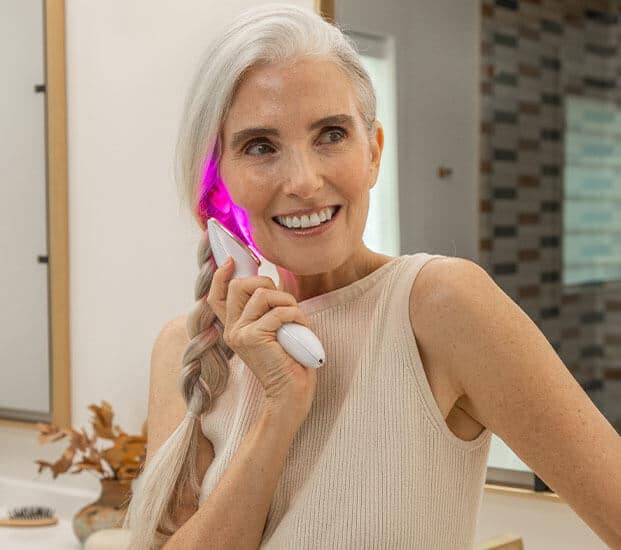
Experience the power of light therapy at home
Specific wavelengths of light have different effects, and can be used for a variety of applications — from destroying acne-causing bacteria to killing harmful germs on your phone. Our light therapy devices allow you to harness the power of LEDs in the comfort of your own home.
See How It Works
